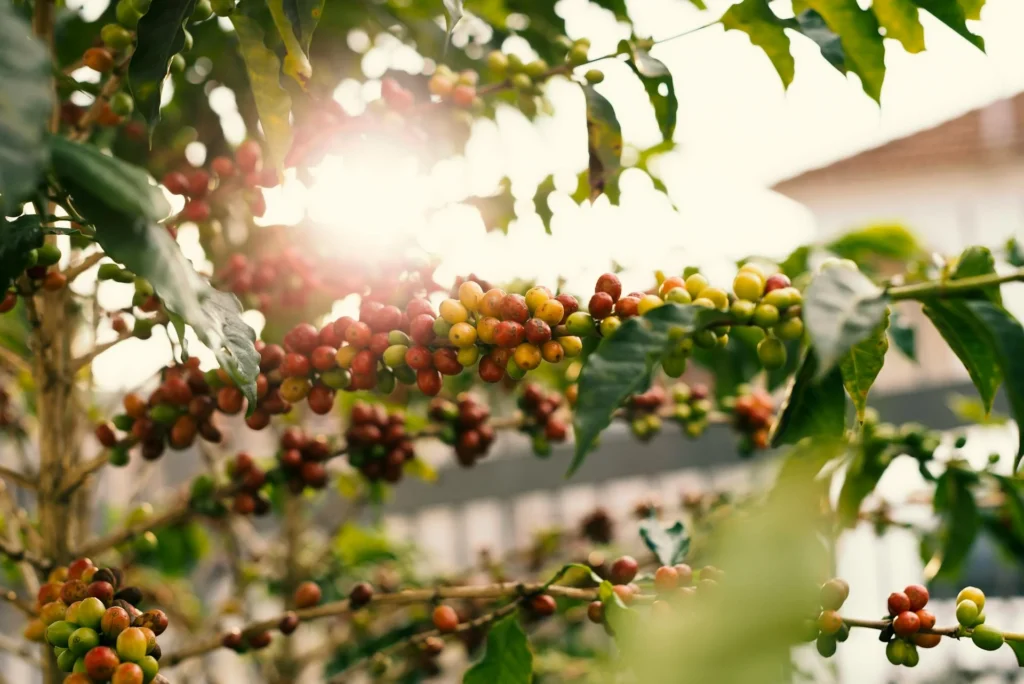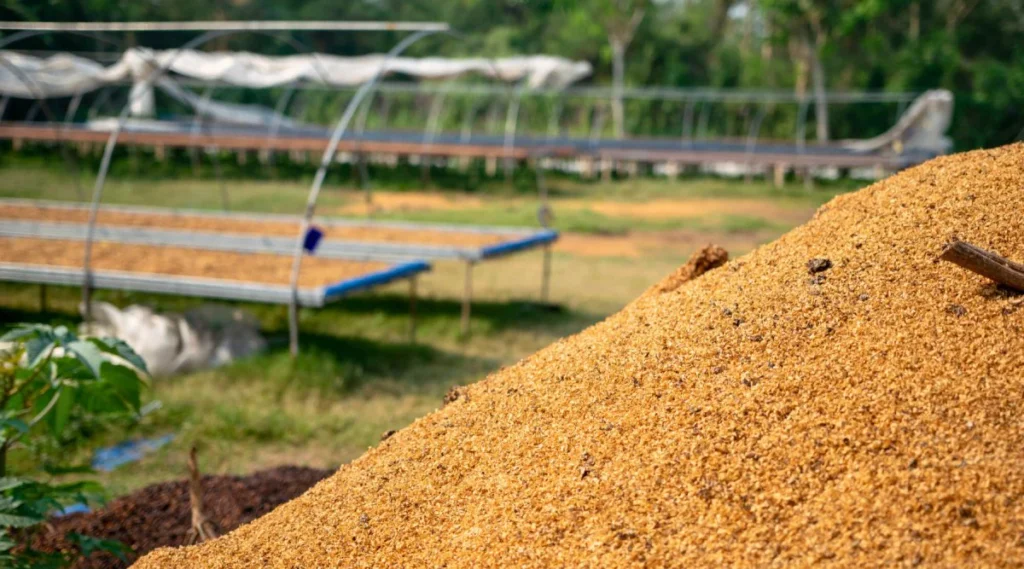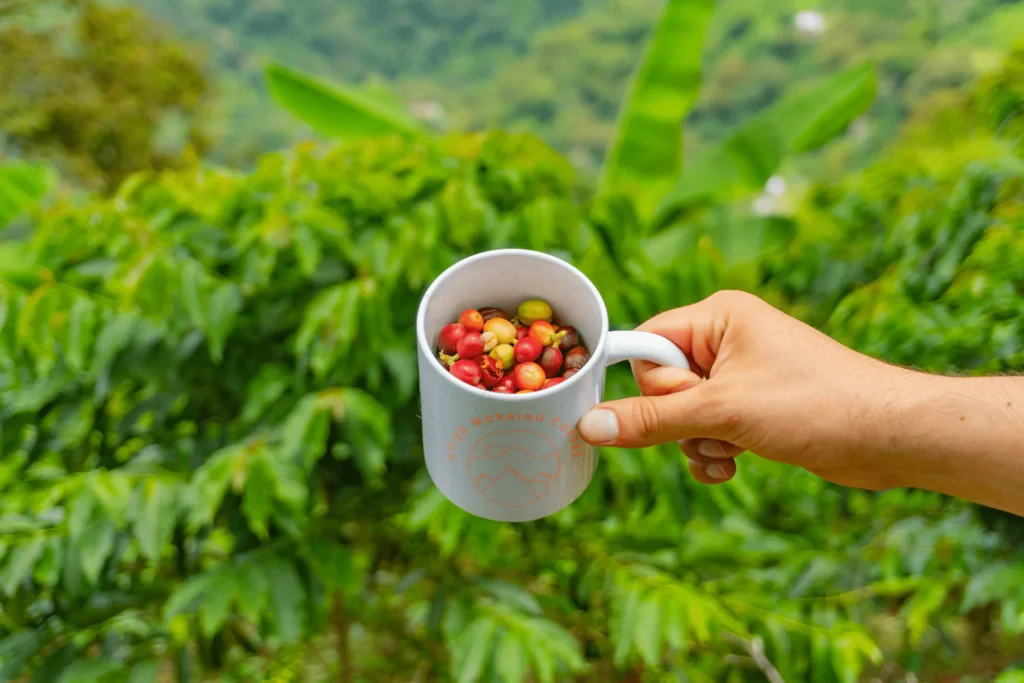For under $1,000, you can now bring the espresso bar home, no barista training, no grinding beans manually, and no fiddling with milk foam temperatures. Super-automatic espresso machines promise café-level drinks with one-touch simplicity. But in a market now brimming with options, it begs the question:
Is the Philips 5400 still the top choice in 2025, or have brands like Jura, Gaggia, and De’Longhi caught up or even surpassed it?
In this, post we’re diving into the best super-automatic espresso machines under $1000: the Philips 5400, Jura D4, Gaggia Brera, and De’Longhi Magnifica Evo. We’ll look at ease of use, drink quality, milk systems, maintenance, and value so you can confidently pick the machine that fits your routine.
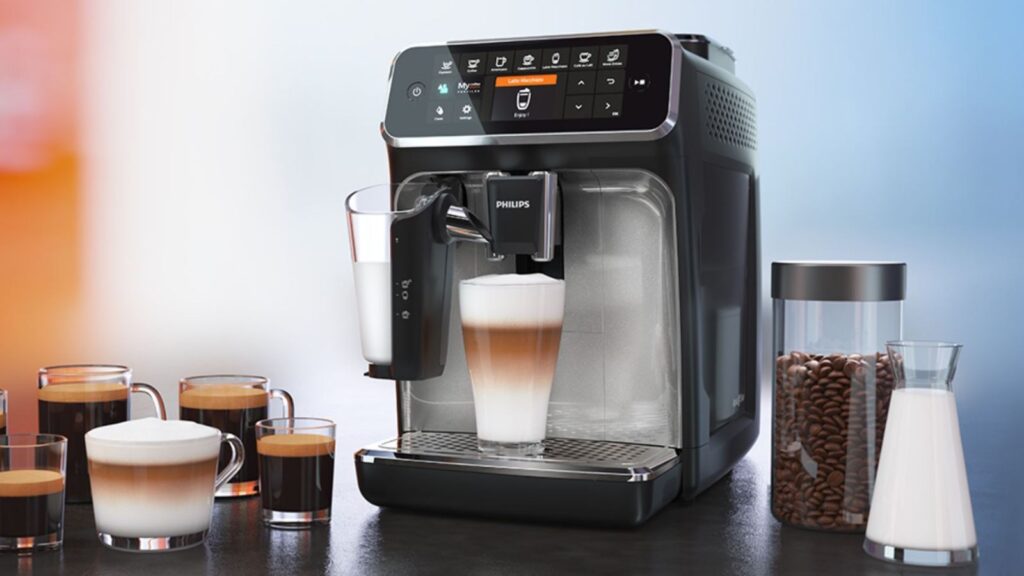
What Counts as a Super-Automatic Espresso Machine?
A “super-auto” is your personal robot barista. It:
• Grinds beans fresh for every drink
• Tamps and brews espresso shots
• Froths milk (automatically or manually)
• Rinses itself, descaling on command
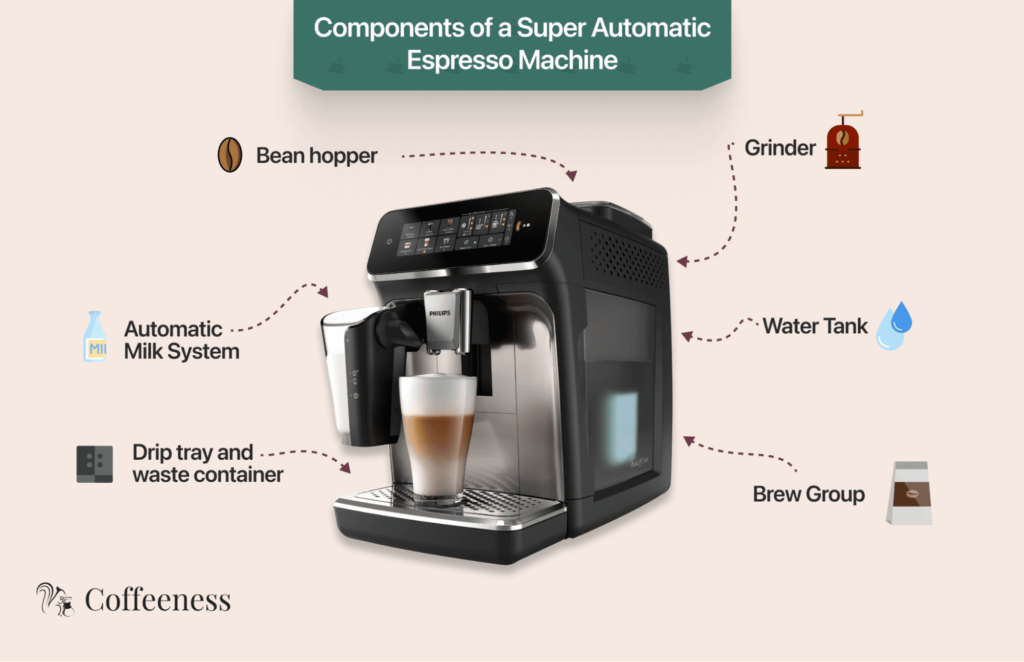
In short: these machines do everything but drink the coffee for you. But not all super-automatics are created equal—especially below $1,000. Each brand has its own take on what “ease of use” and “quality” really mean.
Meet the Contenders
Philips 5400 LatteGo – The Customization Champ
• Price: ~$999
• Drinks: 12 preset coffee drinks + 4 profiles
• Milk System: LatteGo auto-frother
• Interface: Full-color touchscreen
• Profiles: Yes, up to 4
The 5400 has dominated for years thanks to its mix of variety, personalization, and easy maintenance. It uses Philips’ LatteGo milk system—known for being the easiest to clean in its class. Plus, it has multiple user profiles, letting each person in your home save their own custom drinks.
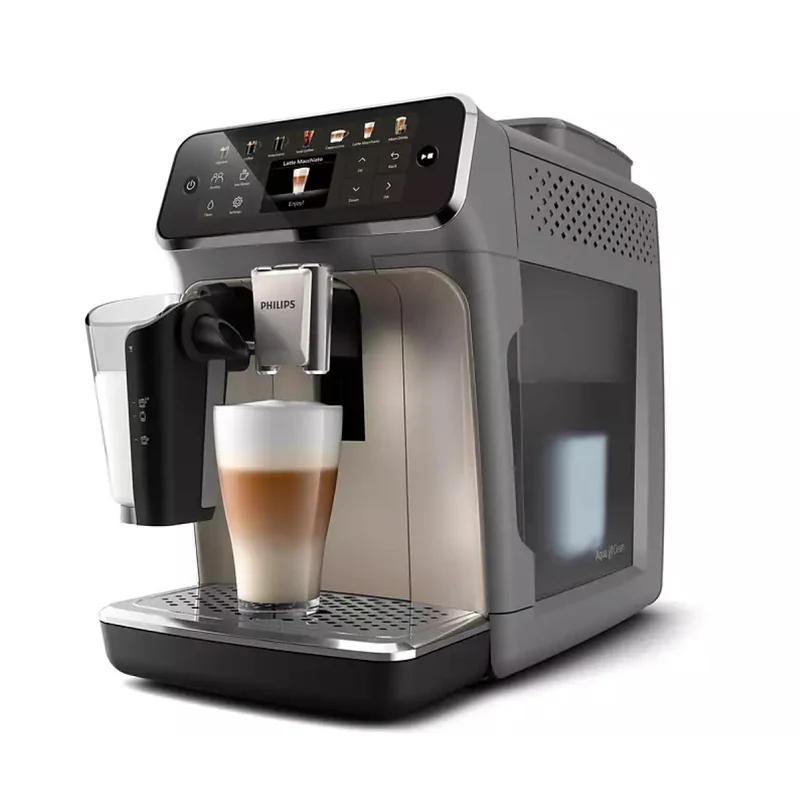
Jura D4 – For the Espresso Purist
• Price: ~$899
• Drinks: Espresso, coffee, double shot
• Milk System: None (you’ll need a separate frother)
• Interface: Dial and LED
• Profiles: No
This is the minimalist’s super-auto. The Jura D4 is built for people who drink espresso or black coffee only. It uses Jura’s Pulse Extraction Process (P.E.P.), which pulses water through the grounds for maximum flavor and crema. But it doesn’t make cappuccinos or lattes on its own—you’ll need a separate frother.
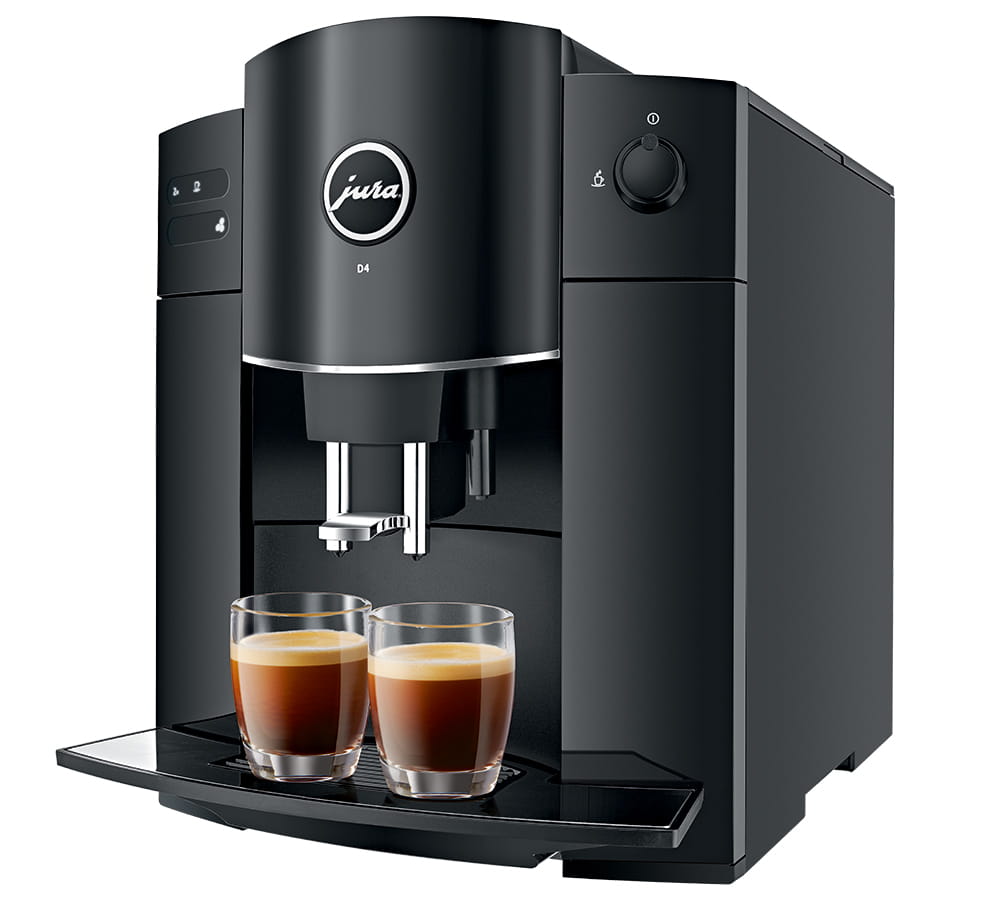
Gaggia Brera – The Affordable Icon
• Price: ~$499–$599
• Drinks: Espresso, lungo
• Milk System: Manual Pannarello steam wand
• Interface: Push-button + LED display
• Profiles: No
If you’re looking to dip your toes into super-auto territory without diving in financially, the Brera is your gateway. It doesn’t have the flair or digital polish of higher-end models, but it pulls solid shots and lets you steam milk manually. A favorite among budget-conscious home brewers.
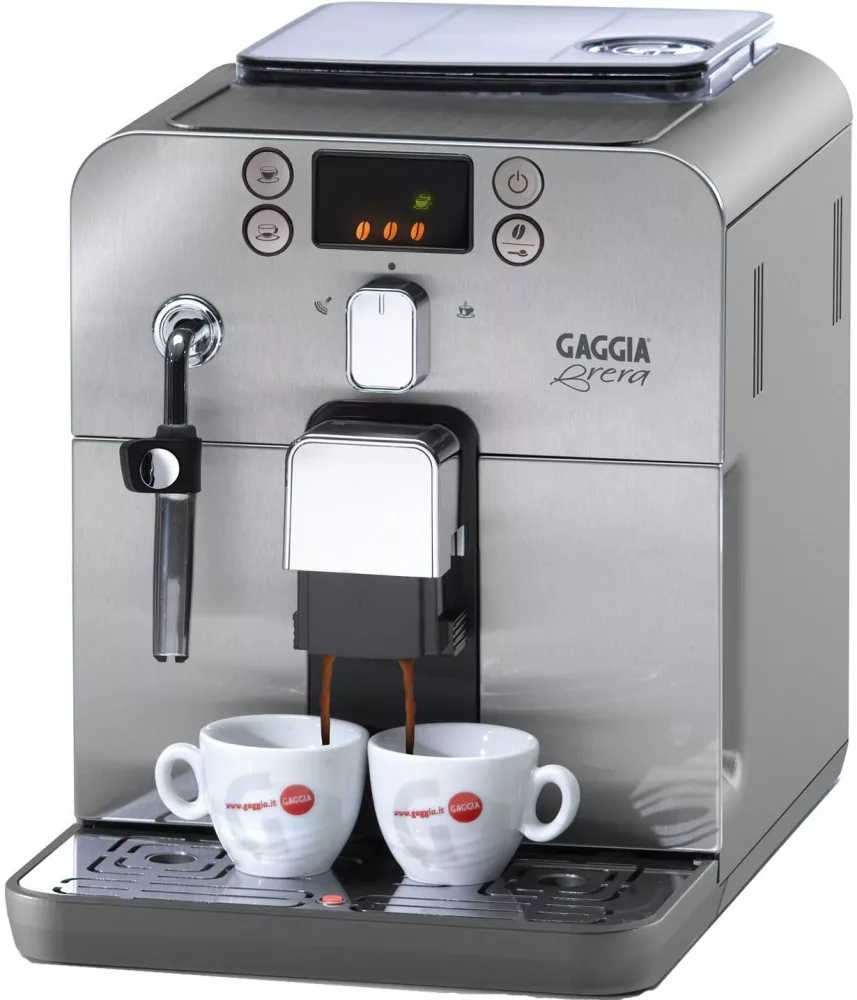
De’Longhi Magnifica Evo – The Crowd-Pleaser
• Price: ~$799
• Drinks: 7 options including iced coffee
• Milk System: LatteCrema auto-frother
• Interface: Soft-touch icons
• Profiles: No
The Evo is De’Longhi’s latest mid-tier model, known for its silky milk foam and user-friendly layout. While it doesn’t have customizable profiles, it does a fantastic job with consistent cappuccinos and lattes—and even includes a dedicated iced coffee button.
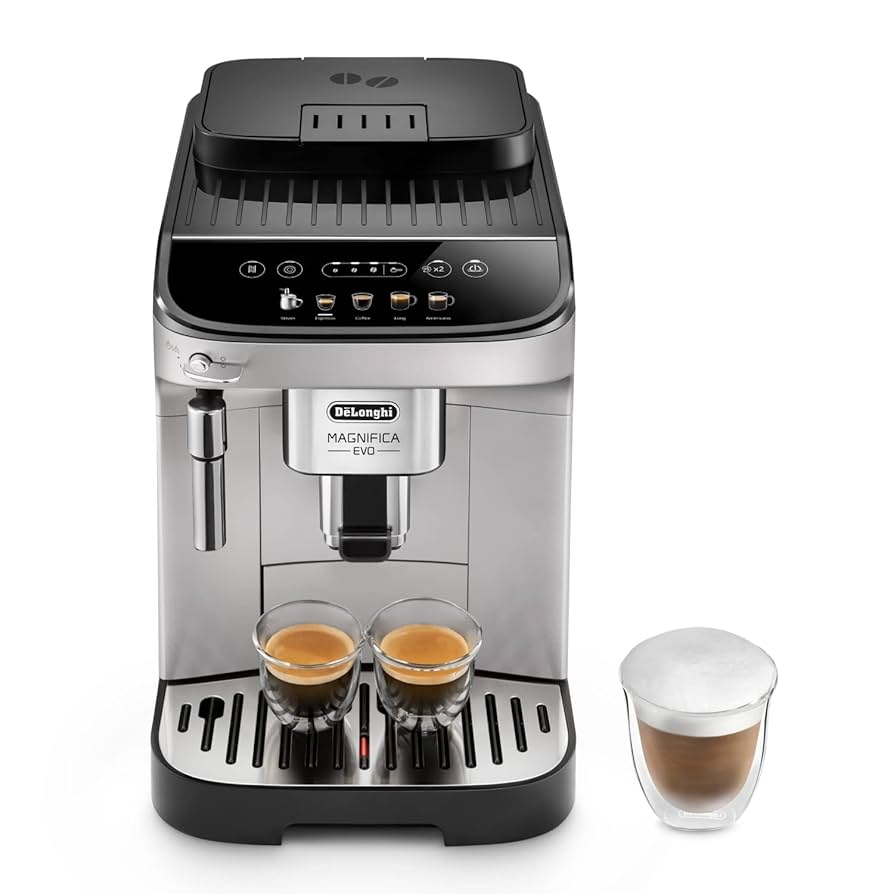
Comparison Table – What’s the Best Fit for You?
| Feature | Philips 5400 | Jura D4 | Gaggia Brera | De’Longhi Evo |
|---|---|---|---|---|
| Price | ~$999 | ~$899 | ~$599 | ~$799 |
| Drink Variety | 12 drinks | 3 drinks | 2 drinks | 7 drinks |
| Milk Frothing | LatteGo (Auto) | None | Manual Wand | LatteCrema (Auto) |
| User Profiles | 4 | 0 | 0 | 0 |
| Cleaning System | Easy, dishwasher-safe | Automatic rinsing | Manual descaling | Auto-rinse |
| Interface | Color Touchscreen | LED & Dial | LED Buttons | Icon Touch Panel |
| App Integration | No | Yes (via Smart Connect) | No | No |
| Strength & Temp Control | Extensive | Limited | Limited | Moderate |
Philips 5400 – Still the King of All-Rounders?
Let’s break it down by what really matters when you’re spending $1,000 on an espresso machine.
Customization & Profiles
This is where the 5400 is untouchable. It’s the only machine here that:
• Offers up to 4 user profiles
• Lets you adjust strength, temperature, and milk foam levels
• Saves your favorite drinks per user
No other competitor under $1,000 comes close to that level of personalization.
Milk System Showdown – LatteGo vs Others
• LatteGo (Philips): Zero tubing, dishwasher-safe, fast rinse, good microfoam
• None (Jura): No milk system included
• Pannarello Wand (Gaggia): Manual steaming; requires practice
• LatteCrema (De’Longhi): Creamier, tighter foam texture, slightly harder to clean
For pure ease of use and cleaning, LatteGo remains the gold standard. LatteCrema is close in performance, but requires more frequent maintenance.

Drink Variety & Everyday Use
The Philips 5400 makes:
• Flat white
• Cappuccino
• Latte macchiato
• Iced coffee
• Ristretto
• Caffè crema
• Double espresso
• And more…
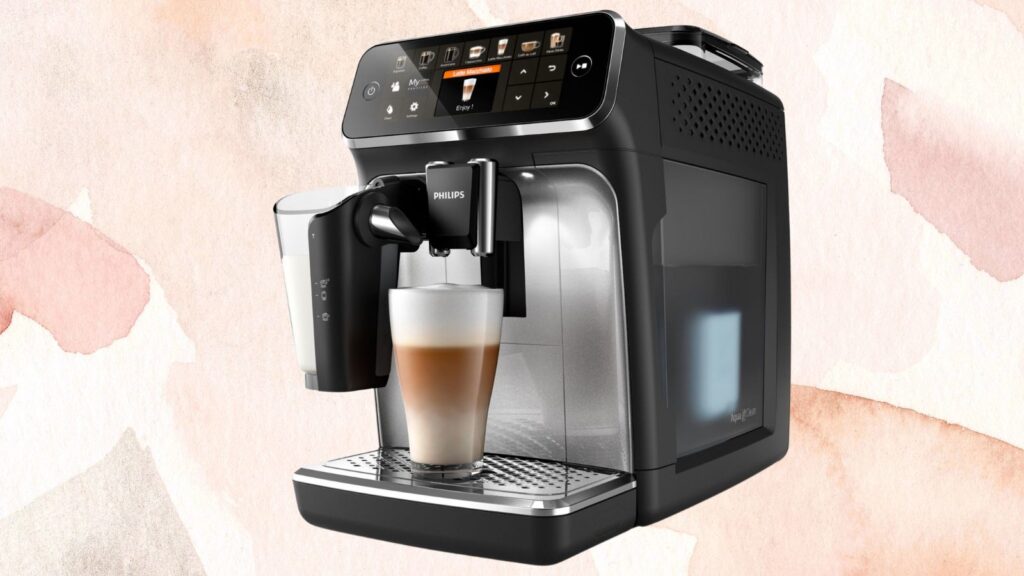
In contrast, the Jura D4 only offers espresso and black coffee. The Gaggia Brera limits you to espresso and lungo unless you manually steam milk. And the Evo, while solid, lacks the profile-saving perks and overall drink depth of the 5400.
Cleaning & Maintenance – Who Wins the Long Game?
• Philips 5400: Pop out the LatteGo, rinse in 10 seconds or dishwash it. Brew unit is removable for cleaning.
• Jura D4: Non-removable brew group but automatic internal cleaning cycles.
• Gaggia Brera: Manual descaling and cleanup—more effort required.
• De’Longhi Evo: Decent self-cleaning, but milk system is not dishwasher safe.
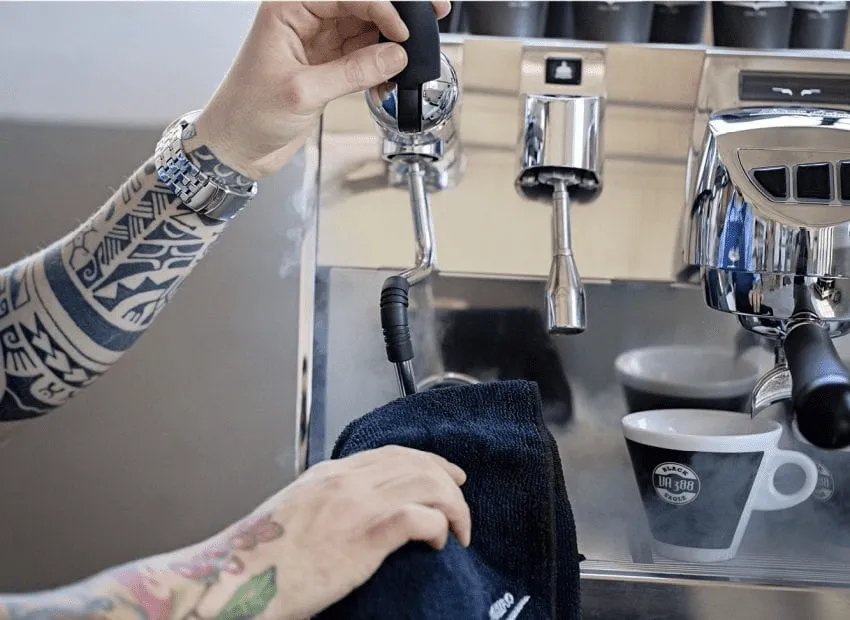
Philips strikes the right balance between automation and user serviceability. The removable brew unit is a plus for long-term reliability.
Espresso Shot Quality – Let’s Be Honest
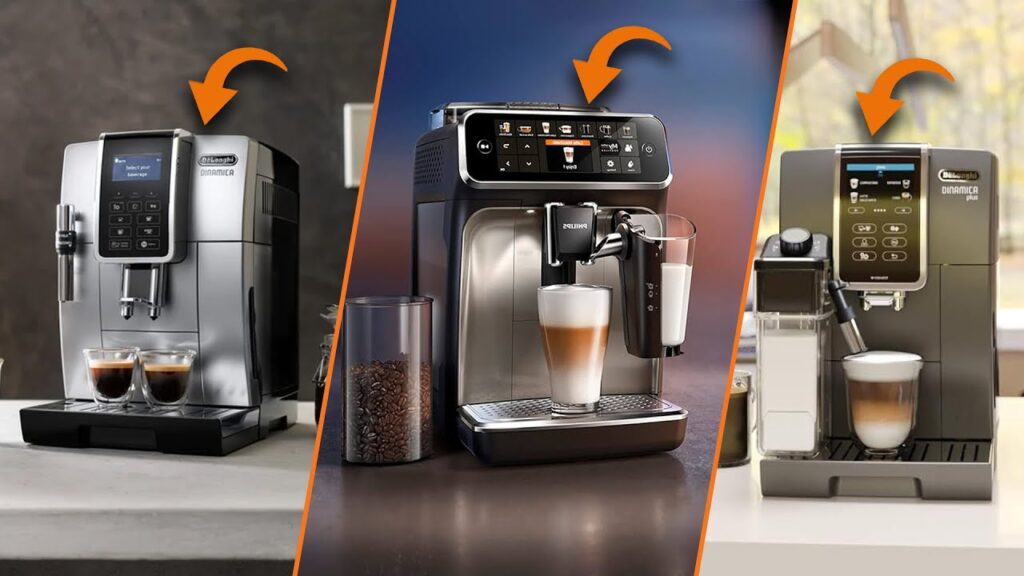
If you’re obsessed with flavor nuance, crema density, and mouthfeel, this part matters most.
• Jura D4: Arguably the best espresso quality of the four. Jura’s P.E.P. technology delivers intense, rich crema.
• Philips 5400: Consistently excellent shots with the Aroma Extract System and ceramic grinder.
• De’Longhi Evo: Smooth and balanced, but crema may be thinner.
• Gaggia Brera: Surprisingly solid given its price, but lacks fine control.
The D4 edges out the 5400 slightly for espresso purists, but at the cost of everything else (no milk drinks, no touchscreen, no drink variety).
The Hidden Costs – What’s the Real Price Per Cup?
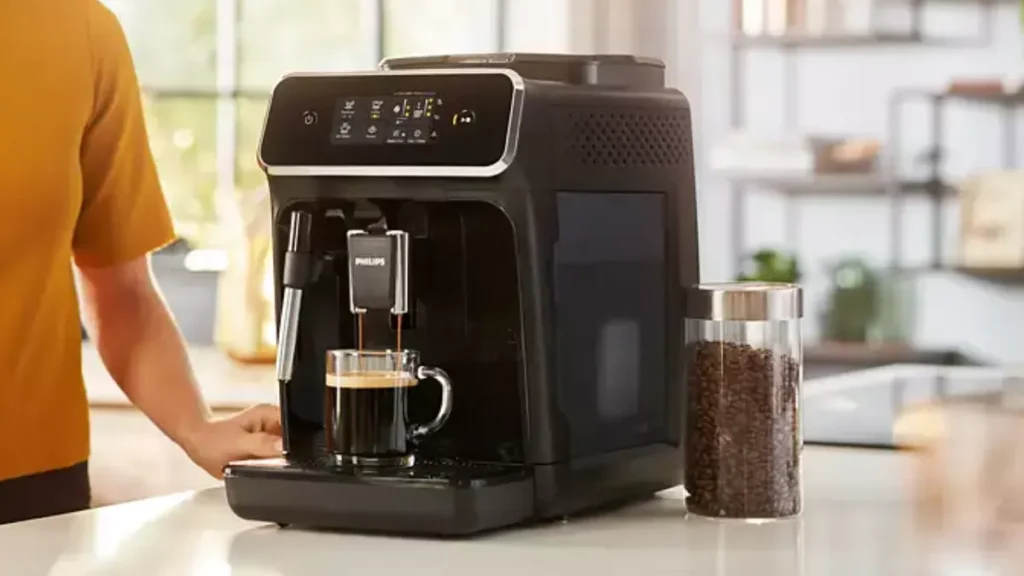
Pods might seem cheaper up front, but full espresso machines win big on long-term cost. Let’s assume each brand brews 1,000 drinks in a year:
• Philips 5400: ~$0.20 per cup (beans + energy + water)
• Jura D4: ~$0.22 per cup
• Gaggia Brera: ~$0.18 per cup
• De’Longhi Evo: ~$0.21 per cup
Compare that to a Nespresso or Keurig system: ~$0.75 to $1.00 per pod. So, while all four machines here require a higher upfront investment, they pay for themselves in less than a year if you’re a daily drinker.
Final Verdict – Is the Philips 5400 Still King?
| Category | Winner |
|---|---|
| Customization | Philips 5400 |
| Espresso Quality | Jura D4 |
| Budget Value | Gaggia Brera |
| Milk System | Philips 5400 |
| Cleaning | Philips 5400 |
| Drink Variety | Philips 5400 |
| Ease of Use | De’Longhi Evo |
So, is the Philips 5400 still king in 2025?
✅ If you want variety, customization, and foolproof milk drinks — YES.
✅ If you’re in a shared household with different drinkers — YES.
✅ If your main goal is barista-level espresso shots with zero milk — NO. Go with the Jura D4.
✅ On a strict budget? Try the Gaggia Brera and pair it with some hands-on passion.
Written by José Luis Surjan
Coffee researcher. Bean-to-cup enthusiast. Currently drinking espresso #3 while editing this post.
Disclosure: Our blog contains affiliate links to products. We may receive a commission for purchases made through these links. However, this does not impact our reviews and comparisons. We try our best to keep things fair and balanced, in order to help you make the best choice for you.

